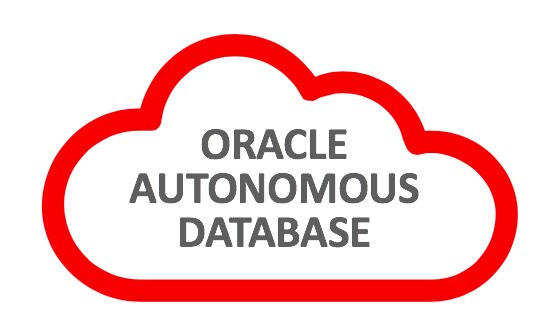Oracle's Autonomous DB or ADB is not new but yet there are many companies and DBAs who don't know enough about this really great technology so here is a very quick Q&A covering some of the most common questions about ADB: Q. Is ADB hard to use ? A. Absolutely not in fact it was designed to require the minimum human intervention. Q.Is ADB hard to learn? A. Nope! for any DBA learning Autonomous DB is really easy. Q. Is it really any good or better than Oracle DB? A. It's still an Oracle Database, but it can run itself almost by itself and it's really powerful and getting even better! Q. How does it work? A. Well this one needs a longer answer but just to simplify things, ADB uses AI to drive and manage itself ,imagine all of the support tickets that were answered regarding Oracle DB from all companies and DBAs in the world put together with Oracle own engineers and experts'experience into one huge knowledge base..this is what ADB uses to manage the database operations and even be proactive to prevent some issues from ever happening and this knowledge base as I like to call it growing so the ADB is actually learning new stuff everyday! Q. Does it come in different "flavours"? A. Yes you have Autonomous Data Warehouse (ADW), Autonomous Transaction Processing database (ATP) and Oracle Autonomous JSON Database each type is will oprate differently to support the different load types. Q. What is the difference between ADW and ATP ? A. There are many differences but most impotantly In ADW, data is stored in a columnar format as that’s the best format for analytics processing. While in ATP data is stored in a row format also On ADW statistics including histograms are automatically maintained as part of all bulk load activities while in ATP statistics are automatically gathered when the volume of data changes significantly enough to make a difference to the statistics, as for queries the Queries executed on ADW are automatically parallelized while in ATP While indexes are used on ATP to access only the specific rows of interest and RDMA is used on ATP to provides low response time direct access to data stored in memory on other servers in the cluster to avoid using the disks. Q. Can my company use the existing Oracle Database license the we have? A. Yes, you can BYOL or bring your own license to cut the costs. Q. Can we have Autonomous DB on premise? A. ADB is an Oracle Cloud service so it runs only on oracle cloud but you can still have is in your own datal center by purchasing the Wonder ExaData CC (ExaData cloud at customer) in this case ADB is still a service of Oracle cloud but it will run only on the racks installed at your data center. Q. Can I still use SQL Developer or Toad to connect to ADB? A. Yes of course and also you can use SQL Developer web as well. Q. Can we migrate our Oracle Database to ADB directly Dataguard? A. If you mean a physical migration then the answer is NO, physical migration is not an option to migrate to ADB because there are many things that can not be migrated to ADB and also your database must be upgraded as well. Q. So how can we migrate to ADB? A. You can use Data Pump, SQL Loader, DBMS_CLOUD, GoldenGate or MV2ADB or even better, you can use my favorite tool ZDM. Q. Do I still have access to the SYS user on ADB? A. No, you have access to Admin account and this is all what you need actually! Q. Can I SSH into the VM running ADB? A. Not directly, only port available is 1521. Q. Can I still access my ADB if I have very limited access from my company due to security regulations(Only port 22 is open for the client)? A. Yes you can setup an SSH tunnel and use on OCI compute VM as an SSH server to forward the traffic to your ADB. Q. Can I have a standby database for DR of I am using ADB? A. Yes, you have access to Autonomous Dataguard which will allow you to create a standby database with one click! Q. What about Apex? A. Apex is a very important part of ADB and you can build your applications or move your existing ones to run on ADB.
